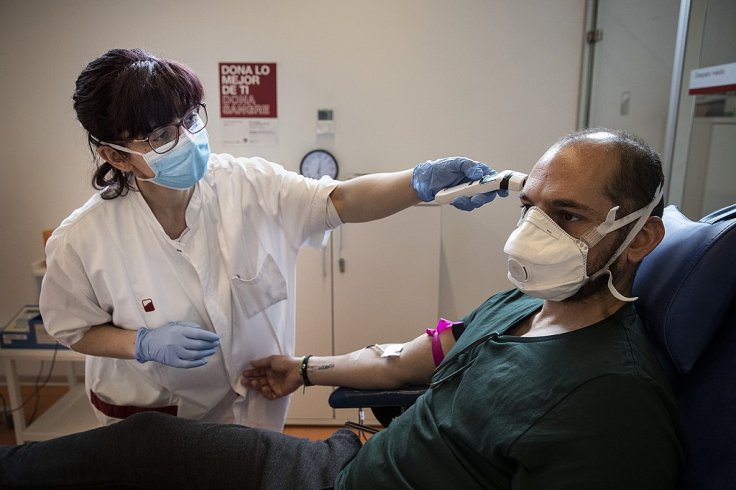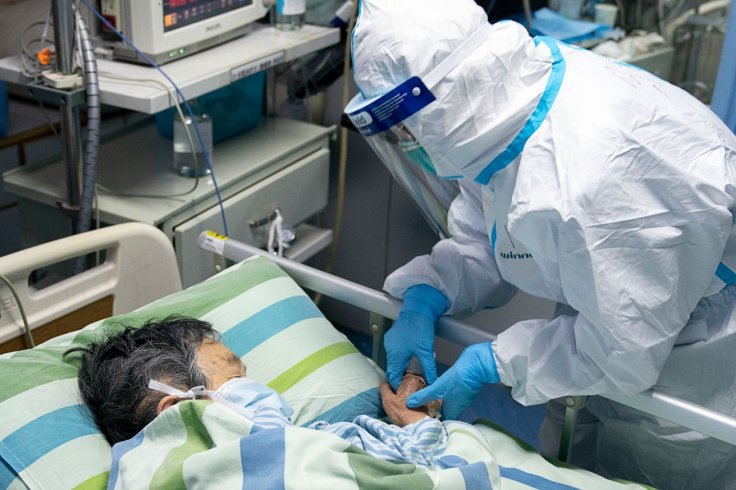During the first wave of the Coronavirus pandemic in Europe, one city in Italy's northern-side emerged as an example of how devastating the virus could be, while other regions were noticing a maximum number of cases and increasing hospitalization numbers. But the Italian city Bergamo did something extremely wrong which created a chaotic situation in the area.
The city and its province were decimated by the Coronavirus pandemic. What was the reason? A wrong decision that allowed the SARS-CoV-2 to spread across the region. When authorities tried to control the spread it was already too late.
What Went Wrong?
In the early months of the COVID-19 pandemic, the coronavirus cases reported in Italy were linked to overseas travelers. At that time, the advice the Italian authorities took was recommended by the World Health Organization (WHO) and it asked to test for the Coronavirus caused disease if a patient had a link to China.
During that time, when people in Bergamo started to arrive in hospital emergency rooms across the city displaying COVID-19 symptoms, such as fever and cough, the healthcare worker detected no connection to China, hence those patients were determined to have a flu and sent home to rest. However, when more people began showing the same illness without any connection to China, medical professionals began struggling to understand the cause.

Dr. Monica Avogadri, an anaesthesiologist at Pesenti Fenaroli Hospital, was shocked when an 83-year-old man who was sent home with flu-like symptoms suddenly rushed back to the hospital as he was unable to breathe. Neither the man nor his wife had any connection with China where the virus first emerged.
Without any link to the country, Dr. Avogadri was not able to conduct a test. But a few days later, on February 20, another doctor in the town of Codogno broke Italy's testing protocol, and then the first known Coronavirus cases of local transmission in the country were reported. But this time community spread had already started, which soon caused an explosion of COVID-19 cases, leading to thousands of deaths.
After hearing that case, Dr. Avogadri, who had also developed some symptoms, called the hospital and asked the 83-year-old patient to be tested for the disease. A test of the man and his hospital roommate came positive. Dr. Giuseppe Marzulli, hospital's director told the New York Times, "It was at that moment I understood we were screwed. We had looked for who had been in China, and this was the tragic error."
Rising Cases in Bergamo

After the detection of the new cases, Coronavirus cases started increasing in the following weeks in the Italian city and hospitals started facing an excessive number of patients. The virus hit the province so hard that the army trucks were forced to come in and take coffins to other regions.
Almost 3,000 people have died because of COVID-19 here but the actual number is believed to be significantly much higher. As reported, an antibody survey which was conducted in May showed that around 38.5 percent of Bergamo's population had been infected, which means the region had one of the highest Coronavirus infection levels in the world.
As per a paper based on the survey results, "assuming that the 38.5 percent cumulative prevalence found in the present study applies to the general population of the Bergamo province – 1.1 million inhabitants – one should infer an actual number of 420,000 SARS-CoV-2 infections."
It also added that it is much higher than the official data, which reported 16,000 COVID-19 cases as of September 25 this year. "Within the limitation of this approach, our esteemed suggestion is that 96 percent of infections went undetected by the healthcare system," noted the paper.









